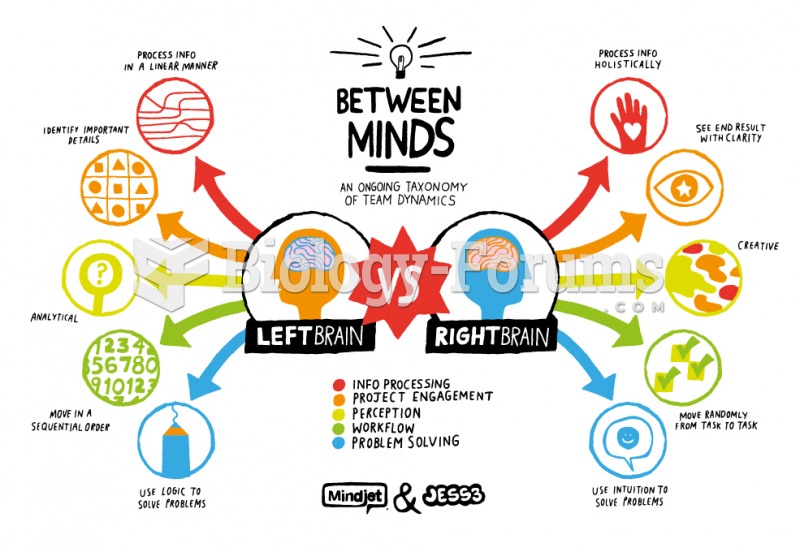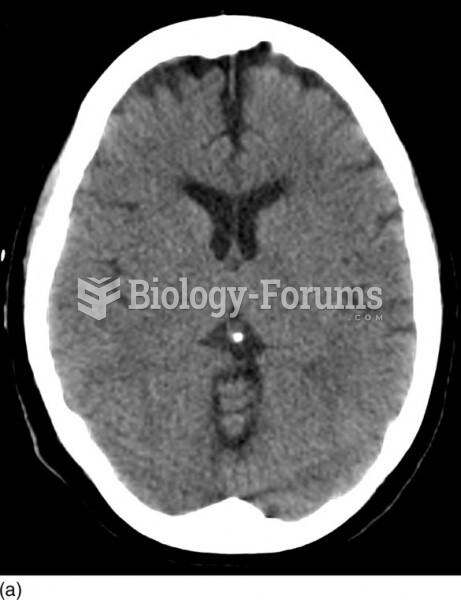This topic contains a solution. Click here to go to the answer
|
|
|
Did you know?
According to research, pregnant women tend to eat more if carrying a baby boy. Male fetuses may secrete a chemical that stimulates their mothers to step up her energy intake.
Did you know?
People about to have surgery must tell their health care providers about all supplements they take.
Did you know?
Blood is approximately twice as thick as water because of the cells and other components found in it.
Did you know?
The lipid bilayer is made of phospholipids. They are arranged in a double layer because one of their ends is attracted to water while the other is repelled by water.
Did you know?
In 1864, the first barbiturate (barbituric acid) was synthesized.







